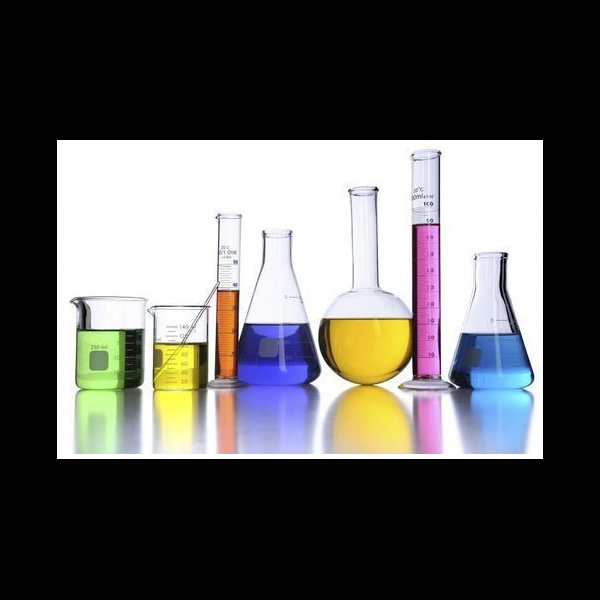About the product
There are many different kinds of laboratory glassware items.[1] These include:
Examples of glassware containers include:
Beakers are simple cylindrical shaped containers used to hold reagents or samples.
Flasks are narrow-necked glass containers, typically conical or spherical, used in a laboratory to hold reagents or samples. Examples flasks include the Erlenmeyer flasks and Florence flasks.
Bottles are containers with narrow openings generally used to store reagents or samples. Small bottles are called vials.
Jars are cylindrical containers with wide openings that may be sealed. Bell jars are used to contain vacuums.
Watch glasses are shallow glass dishes used as an evaporating surface or to cover a beaker.
Test tubes are used by chemists to hold, mix, or heat small quantities of solid or liquid chemicals, especially for qualitative experiments and assays
Desiccators of glass construction are used to dry materials or keep material dry.
Glass evaporating dishes are used to evaporate materials.
Microscope slides are thin strips used to hold items under a microscope.
Glass petri dishes are used to culture living cells.
Examples of glassware used for measurements include:
Graduated cylinders are cylindrical containers used for volumetric measurements.
Burettes are used to disperse precise amounts of liquid reagents.
Glass pipettes are used to transfer precise quantities of fluids.
Glass Ebulliometers are used to accurately measure the boiling point of liquids.
Other examples of glassware includes:
Glass tubes are cylindrical pieces of glassware used to hold or transport fluids.
Stirring rods are used to mix chemicals.
Funnels are used to get materials through a narrow opening.
Condensers are used to cool hot liquids or vapors.
Glass retorts are used for distillation.
Drying pistols are used to free samples from traces of water, or other impurities.
Examples of glassware containers include:
Beakers are simple cylindrical shaped containers used to hold reagents or samples.
Flasks are narrow-necked glass containers, typically conical or spherical, used in a laboratory to hold reagents or samples. Examples flasks include the Erlenmeyer flasks and Florence flasks.
Bottles are containers with narrow openings generally used to store reagents or samples. Small bottles are called vials.
Jars are cylindrical containers with wide openings that may be sealed. Bell jars are used to contain vacuums.
Watch glasses are shallow glass dishes used as an evaporating surface or to cover a beaker.
Test tubes are used by chemists to hold, mix, or heat small quantities of solid or liquid chemicals, especially for qualitative experiments and assays
Desiccators of glass construction are used to dry materials or keep material dry.
Glass evaporating dishes are used to evaporate materials.
Microscope slides are thin strips used to hold items under a microscope.
Glass petri dishes are used to culture living cells.
Examples of glassware used for measurements include:
Graduated cylinders are cylindrical containers used for volumetric measurements.
Burettes are used to disperse precise amounts of liquid reagents.
Glass pipettes are used to transfer precise quantities of fluids.
Glass Ebulliometers are used to accurately measure the boiling point of liquids.
Other examples of glassware includes:
Glass tubes are cylindrical pieces of glassware used to hold or transport fluids.
Stirring rods are used to mix chemicals.
Funnels are used to get materials through a narrow opening.
Condensers are used to cool hot liquids or vapors.
Glass retorts are used for distillation.
Drying pistols are used to free samples from traces of water, or other impurities.
Contact with supplier
